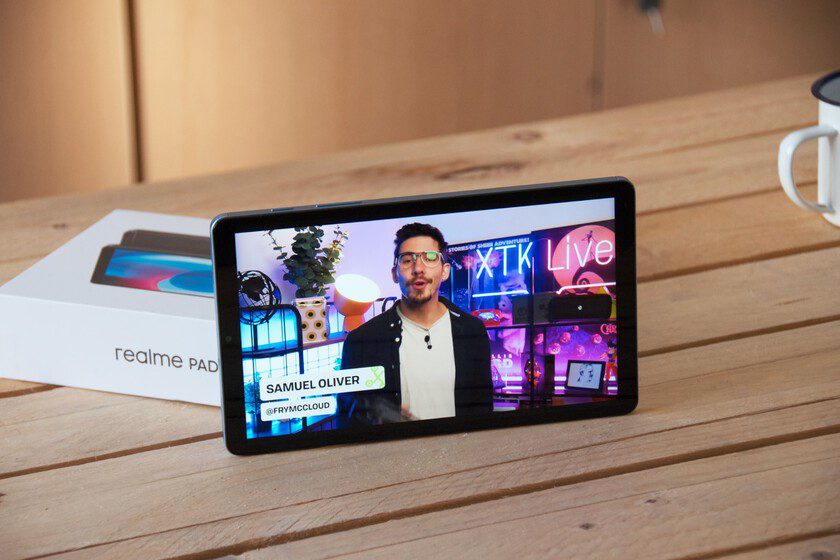Microsoft: users love Windows 11

“Windows 11 has the highest product satisfaction score of any previous version of the Windows operating system”Microsoft’s vice president and product director, Panos Panay, has assured during his visit to Computex 2022, which is being held this week in Taipei.
Microsoft this month changed the status of Windows 11 to a phase of “wide implementation”. A state that companies and organizations often use to signal the beginning of a new operating system deployment. The Redmond firm has also launched the system directly on Windows Update so that all users with compatible computers update from previous versions.
It is clear that after a gradual deployment, Microsoft wants to achieve mass adoption of Windows 11 and Panay has set that task in the keynote «The new era of the PC» from the fair in Taiwan, where he has dedicated himself to selling the “goodness” of the system. According to the executive, everything is “love” and “quality”, but is all that glitters gold?
“I’m just looking at how people are using the product right now and how much they love it. That’s why we make these products, we want people to love what they’re wearing. And of course, we not only love designing, creating and manufacturing them, but also seeing our customers participate and bring out that love. It is so important”Panay explained in a presentation where marketing prevailed:
The adoption of Windows 11
Microsoft has not disclosed the number of devices running Windows 11 today, though it does speak of an adoption rate of the “twice that of Windows 10”. There are many doubts. Without precise official data, the unofficial indicate very diverse rhythms. AdDuplex pegs it at 19.7%, while StatCounter gives it 8.4%. The same goes for the high share of Windows 11 in the Steam survey, in contrast to others such as those served by the firm Lansweeper and forecasts that «by early 2023, Windows 11 will be deployed on less than ten percent of new business PCs«.
The reasons for a presumably lower-than-expected Windows 11 adoption rate are well known, starting with the increased minimum hardware requirements. Microsoft raised them compared to previous versions of Windows in terms of RAM, storage or graphics capacity with DirectX 12 and added components such as the TPM chip or UEFI firmware compatible with the secure boot function. Although it finally relaxed its obligation (in a chaotic strategy) and Windows 11 can really be installed on almost any PC, there is no doubt that it has ended up reducing the number of upgradeable computers.
As much “love” as Panay believes, Windows 11 does not fall in love. The system was built by mixing the base and latest features of Windows 10 and the development work done for Windows 10X. It offers familiar elements, supports much of the legacy of the huge Windows ecosystem and has brought a breath of fresh air in visual aspects and user interface. But essentially it remains the same and there are not a few analysts who consider it a Windows 10.5. Or a tuned Windows 10…

and quality. Although Panay speaks of “quality, quality and quality” As a development approach, the truth is that the system is not an example of customization and usability and many of the features promised for the launch are missing. Also, the initial version was released with very serious bugs (such as the one that affected AMD CPUs) and every update that is released arrives with bugs.
And on the other hand we have Windows 10 at its best. It just works and Microsoft’s announcement that its technical support will last -at least- until October 2025 is a guarantee that some users will delay the update.
Windows 11 will continue to grow, but at what rate? Microsoft has an overwhelming command of the channel and all the new computers that are arriving pre-install it. Business migrations will also increase the overall quota. But there is still a lot, a lot to improve to achieve that “love” and that “quality” that has focused Panay’s presentation at Computex.



